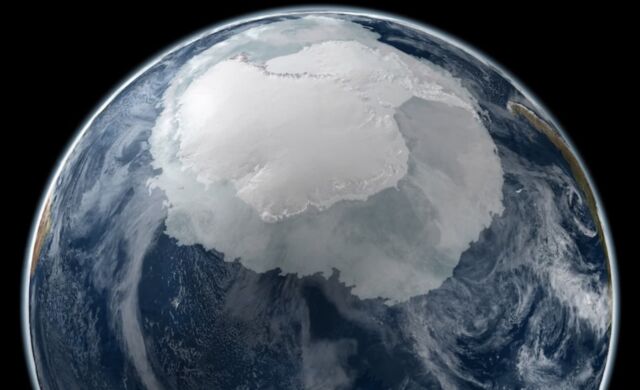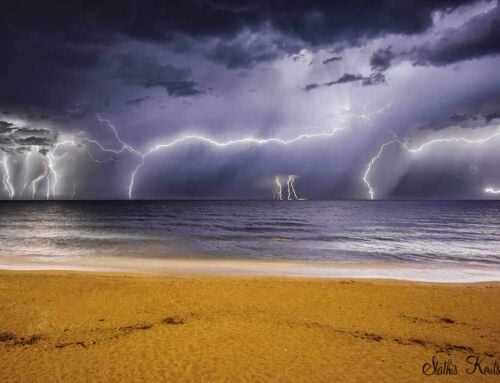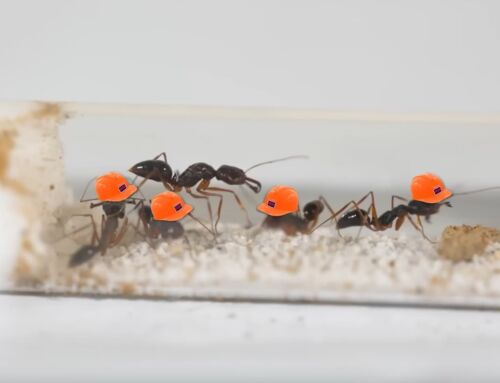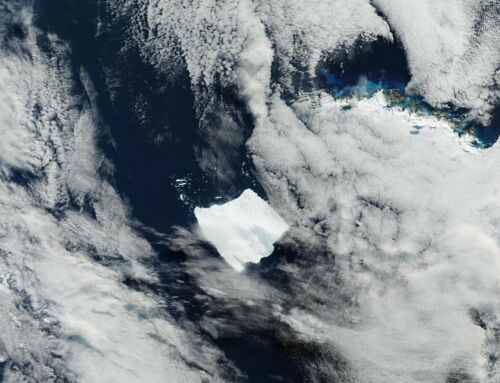 Antarctica. Credit Wikimedia
Antarctica. Credit Wikimedia
Research shows that the cool conditions needed for Earth‘s ice caps are rare and require multiple complex factors working together.
The new research from the University of Adelaide and the University of Leeds shows for much of its history, Earth has been in a ‘greenhouse’ state without ice caps, and its current icy state happened due to a fortunate combination of events.
Scientists have suggested various reasons for past cold periods, such as lower volcanic CO2 emissions, increased carbon storage in forests, or CO2 reacting with certain rocks.
Using a new 3D Earth model developed at the University of Leeds, researchers tested all these cooling processes together for the first time. This type of model was only recently made possible with advances in computing.
Their study, published in Science Advances, found that no single factor caused these cold periods—multiple processes had to work together. These findings help resolve a debate among Earth scientists about what triggered these rare ice ages.
Dr Andrew Merdith, from the University of Adelaide’s School of Earth Sciences, who completed the research while at the University of Leeds, said:
“We now know that the reason we live on an Earth with ice caps, rather than an ice-free planet, is due to a coincidental combination of very low rates of global volcanism, and highly dispersed continents with big mountains.
These conditions allowed for lots of global rainfall and therefore amplify reactions that remove carbon from the atmosphere.
The important implication here is that the Earth’s natural climate regulation mechanism appears to favour a warm and high-CO2 world with no ice caps, not the partially glaciated and low-CO2 world we have today.
We think this general tendency towards a warm climate has helped prevent devastating ‘snowball Earth’ global glaciations, which have only occurred very rarely and have therefore helped life to continue to prosper.
source University of Adelaide





Leave A Comment